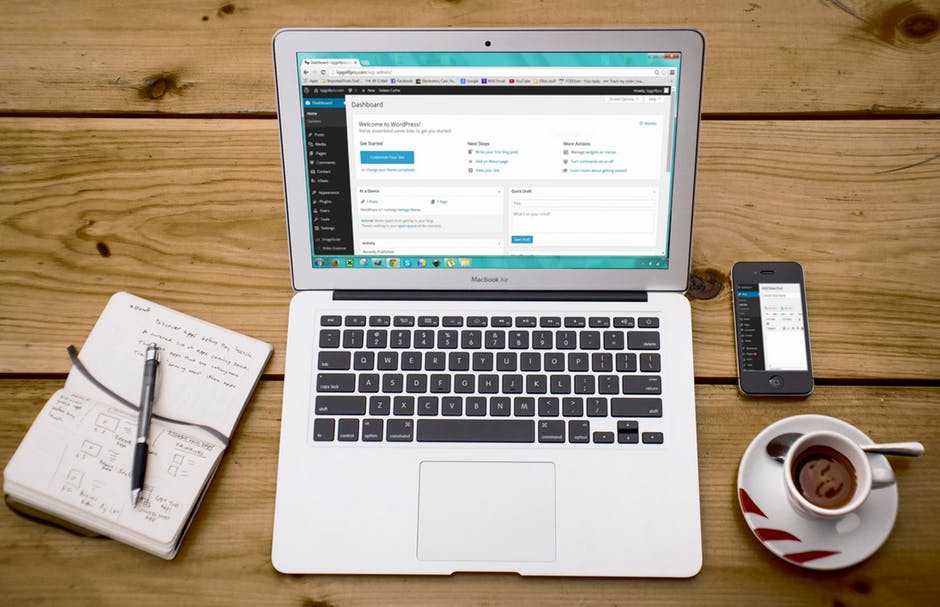Links are an important component of any blog. They include both external and internal links that all point to relevant topics. A blog of any niche may benefit greatly by linking not only to external sites but also to its internal pages. Search engines consider this practice very essential as it shows that a blog values other relevant sites offering quality content and its own content as well.
What are Internal Links?
Basically, internal links are links that direct from one page of a website or blog to another page on the same domain. They are useful in various ways such as in helping users easily navigate a site, establish information hierarchy for the site and spread ranking power or what is known as link juice around websites.

Internal linking is also a vital technique for search engine optimization (SEO). What search engines normally do is look for content to list pages based on their massive keyword-based indices and those they can easily access end up in their top search results. It is highly recommended and very important, however, that you make an internal link to a page with a relevant topic.
Benefits of Internal Links
While the importance of external links should not be ignored, there are many reasons why any publisher or blog owner should also practice internal linking. First, it offers your readers options while visiting your site. It gives them an opportunity to read more information about a certain topic thereby further promoting your older posts.
Another benefit is it boosts your ranking for certain keywords. With internal links, you can point your visitors to a page with relevant anchor text thereby sending Google a signal that this page is relevant to the content users are searching for.
A third benefit is it increases page views. Keep in mind that users can easily find more useful and related content in your site when you use the right anchor texts or keywords. This will eventually lead to more people following your links resulting in higher page views. And when you achieve more page views, you can be sure to boost your site’s Alexa rank.

In line with this, internal links will reduce your site’s bounce rate or the percentage of people who just view a certain page and then leaves right away. This means that if you link to related posts within your site, there’s a higher chance that your visitors will stay longer.
Still another benefit here is that they also help Google index the pages of your website more efficiently. Web pages get indexed through the crawlers who pass through all links. When internal links are present, these crawlers know that you are pointing to other related content within your site.
In terms of authority, internal links pass the so-called link juice or domain authority between pages on your website. The page with a high authority is capable of passing the most authority and ranking potential to the others. The home page is a classic example of a page that can pass more authority and SEO value to other pages within your site.
You can also use a free online tool to help you check which pages of your site has the most authoriy. Some of these helpful tools are the Open Site Explorer of Moz and the Google Search Console. SEMrush is another tool but offers only a paid subscription plan.
An important point to remember is to ensure that the anchor text and links you use fit naturally in your content or blog post. If possible, use the keyphrase in the anchor text of your link instead of just using the click here or read more text.
Originally posted on April 25, 2017 @ 1:30 am
